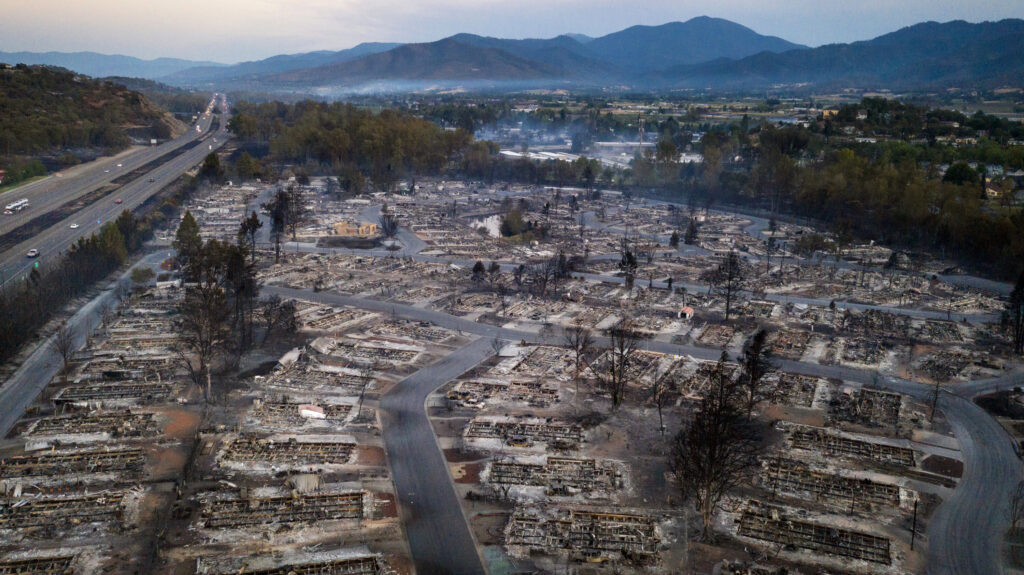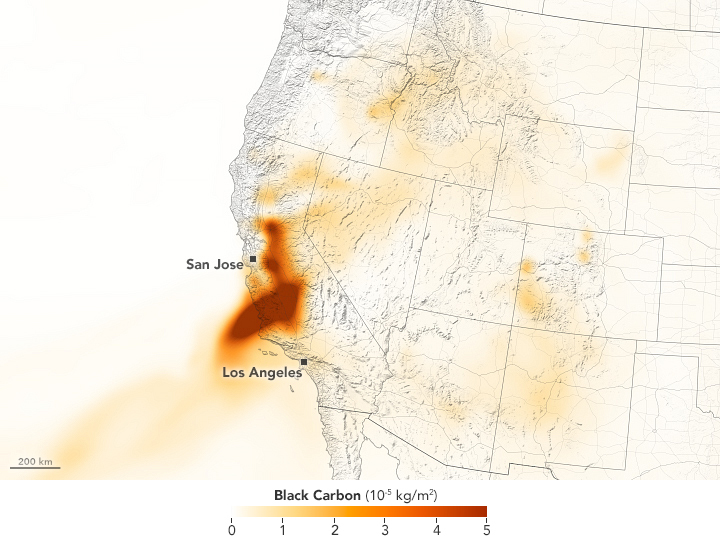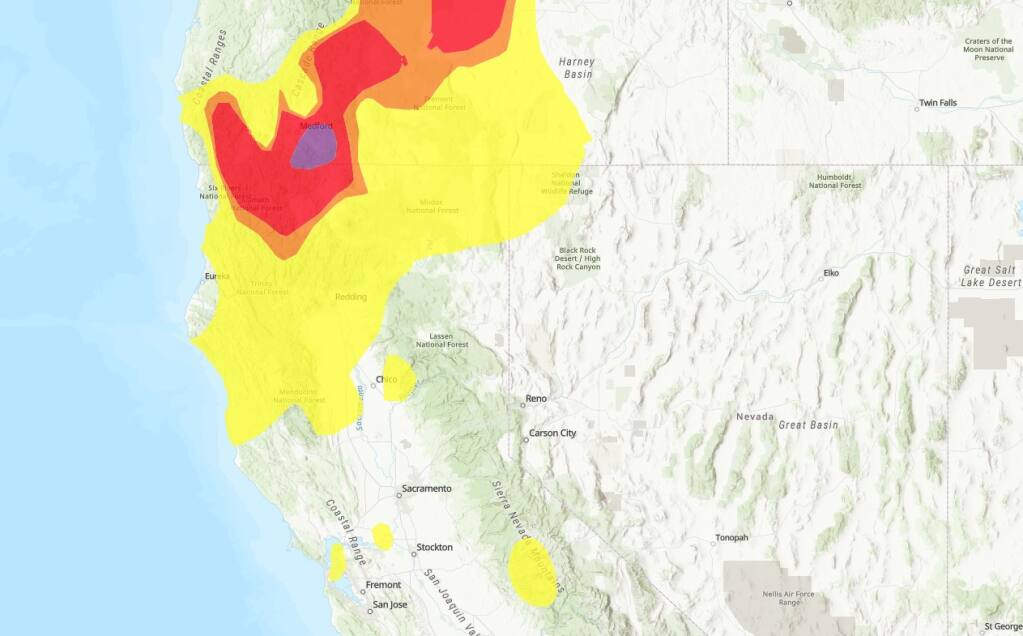Newsmatro

California’s Bay Area is currently facing deteriorating air quality attributed to the influx of northern smoke originating from wildfires raging in both California and Oregon. This situation has prompted the Bay Area Air Quality Management District to issue an air quality advisory for Tuesday and Wednesday, as smoky and hazy conditions have enveloped various parts of the region.
Health officials have advised residents who detect the smell of smoke to remain indoors, ensuring that windows and doors are securely closed. Furthermore, the use of air conditioning units and car ventilation systems is recommended to prevent outside air from infiltrating indoor spaces.
The National Weather Service has issued a fire-weather watch for portions of the interior North Bay, effective from Wednesday night through Thursday morning.
In an alarming development, San Francisco was ranked as the most polluted major city in the world on Tuesday evening by IQAir. This dubious distinction saw San Francisco atop the list, with no other U.S. locations appearing within the top 30.

The Department of Emergency Management has classified San Francisco’s air quality status as “red,” signifying unhealthy conditions. As a result, people, especially children and individuals with respiratory conditions, are urged to limit outdoor activities.
Understanding AQI (Air Quality Index):
The Air Quality Index (AQI) measures air pollution levels on a scale ranging from 0 to 500, with higher values indicating more severe pollution and associated health risks. Conversely, lower AQI values signify better air quality and reduced health concerns.
The Environmental Protection Agency (EPA) calculates AQI values based on five major air pollutants regulated by the Clean Air Act, which include ground-level ozone, particle pollution (particulate matter), carbon monoxide, sulfur dioxide, and nitrogen dioxide.
Ground-level ozone and airborne particles are identified as the primary threats to human health by the National Weather Service.
The AQI is categorized into six levels, each of which corresponds to a different “level of concern.” These levels range from “good” to “hazardous,” with each assigned a specific color, such as green for “good” and maroon for “hazardous.”

Generally, air quality is considered satisfactory if AQI values remain at or below 100. However, as the AQI surpasses this threshold, it is deemed unhealthy, initially affecting sensitive groups but ultimately impacting everyone as AQI values rise.
The Bay Area’s current air quality issues underscore the significance of monitoring AQI levels to safeguard public health and well-being during episodes of increased air pollution.
This situation serves as a reminder of the importance of air quality awareness and measures to protect against the harmful effects of deteriorating air conditions caused by wildfires.